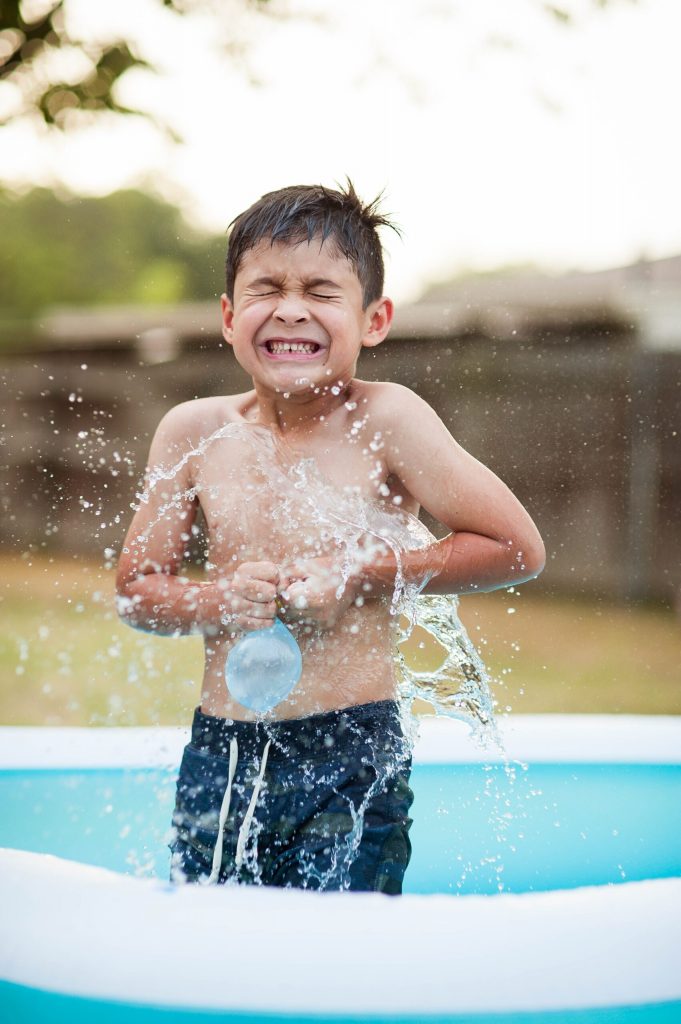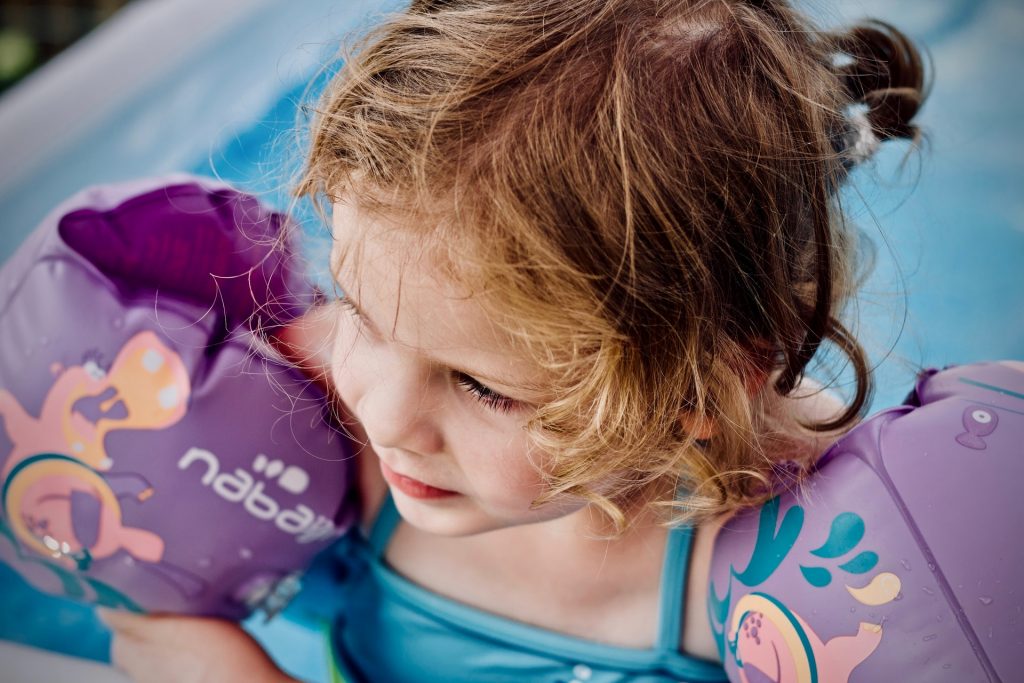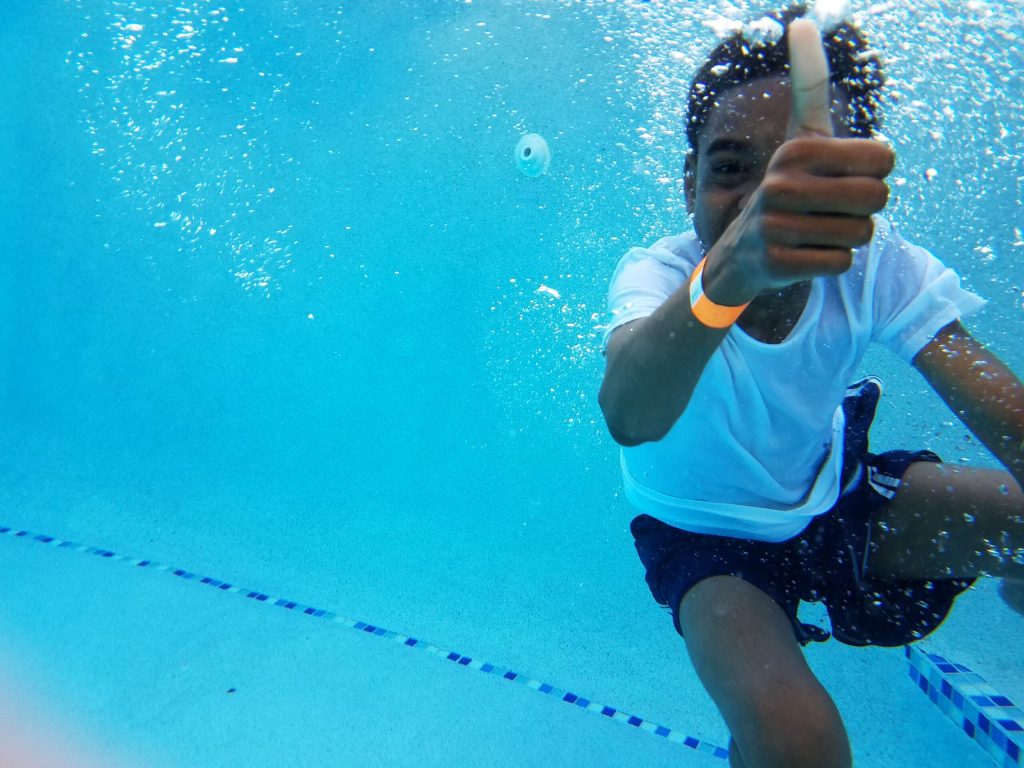Swimming is a favorite summer activity for many. It is also a great way to exercise year-round. With so many different ways to enjoy the water, from swimming pools to getting out on the lake, it is important to know the basics of swim safety and how to prevent events like accidental drownings.
According to the CDC, drowning is the second leading cause of accidental death in children under the age of 14. Between 2005 and 2014, there were an average of more than 3,500 unintentional drowning deaths each year in the United States. These do not include accidental deaths related to boating (an additional 332 people per year).
More than 50% of victims that show up in the emergency room for drowning-related injuries have to be admitted to the hospital for further care.
Being educated on ways to prevent drowning, as well as the statistics associated with accidental drowning deaths can help prevent these tragedies from happening.
Boys are more at-risk for deadly drowning accidents and make up nearly 80 percent of all drowning deaths. Children between the ages of 1 and 4 are at the greatest risk of drowning in home swimming pools.

Prevention
There are several things you can do as a parent or guardian to ensure the safety of your child around bodies of water. Here’s a list of some of the most important ways to prevent accidental drowning deaths:
- Be attentive – it doesn’t matter if it’s just bath time or an afternoon at the pool, make sure someone is watching all children in the water.
- Avoid distractions – Keep off cell phones, tablets and any device that may pull your attention away from your child.
- Learn to swim – a lot can be said for knowing how to swim. Formal swimming lessons teach the basics of water safety, including what to do if you’re in water over your head and how to float and tread water. Keep in mind if you’re at the lake, you might not be able to tell how deep the water is.
- Learn hands-only CPR – every second counts when it comes to drowning accidents. By performing hands-only CPR while waiting for paramedics, you can help save a life.
- Limit alcohol use – Drinking and swimming don’t mix.
- Wear a life jacket – if you’re at the lake, in any type of boat or you lack swimming skills, wear a U.S. Coast-Guard certified floatation device/life vest while in the water.
- Lock up the pool – if you have a pool in the backyard, consider building a wall or fence around it that locks, so younger children cannot wander into it unsupervised. It’s also good practice to put up all swim toys and floaties so there is no temptation by a younger child to get into the pool without an adult present.
- Educate your children – To prevent water-related injuries, always teach your child to ask permission before going near any body of water and never allow them to be in or around water alone. Use the buddy system.
Symptoms to Watch
Would you recognize the symptoms of a near drowning? Here’s what to watch for:
- Bluish-colored skin
- Abdominal swelling
- Lack of breath
- Coughing
- Vomiting and expulsion of water
- Chest pain
It’s important to note that even if someone has been under the water and has lost consciousness, they can still be revived. Performing hands-only CPR can potentially save a life. If they’re unresponsive, keep doing CPR.

Dry Drowning and Secondary Drowning
One of the scariest types of unintentional drownings comes after a close-call in the water. Some people develop a delayed reaction to drowning, called “dry drowning.” Here’s what you’ll want to look out for:
- Difficulty breathing (and speaking)
- Irritability or sudden mood changes
- Coughing
- Chest pain
- Sleepiness after close call in the water
If your child has had a close call or a water incident, make sure to monitor them closely for the next 24 hours and keep an eye out for any of the above symptoms. If you see any of these signs, call 911 or take your child to the nearest emergency room. They don’t need to have water inside of their lungs to have symptoms of drowning.


